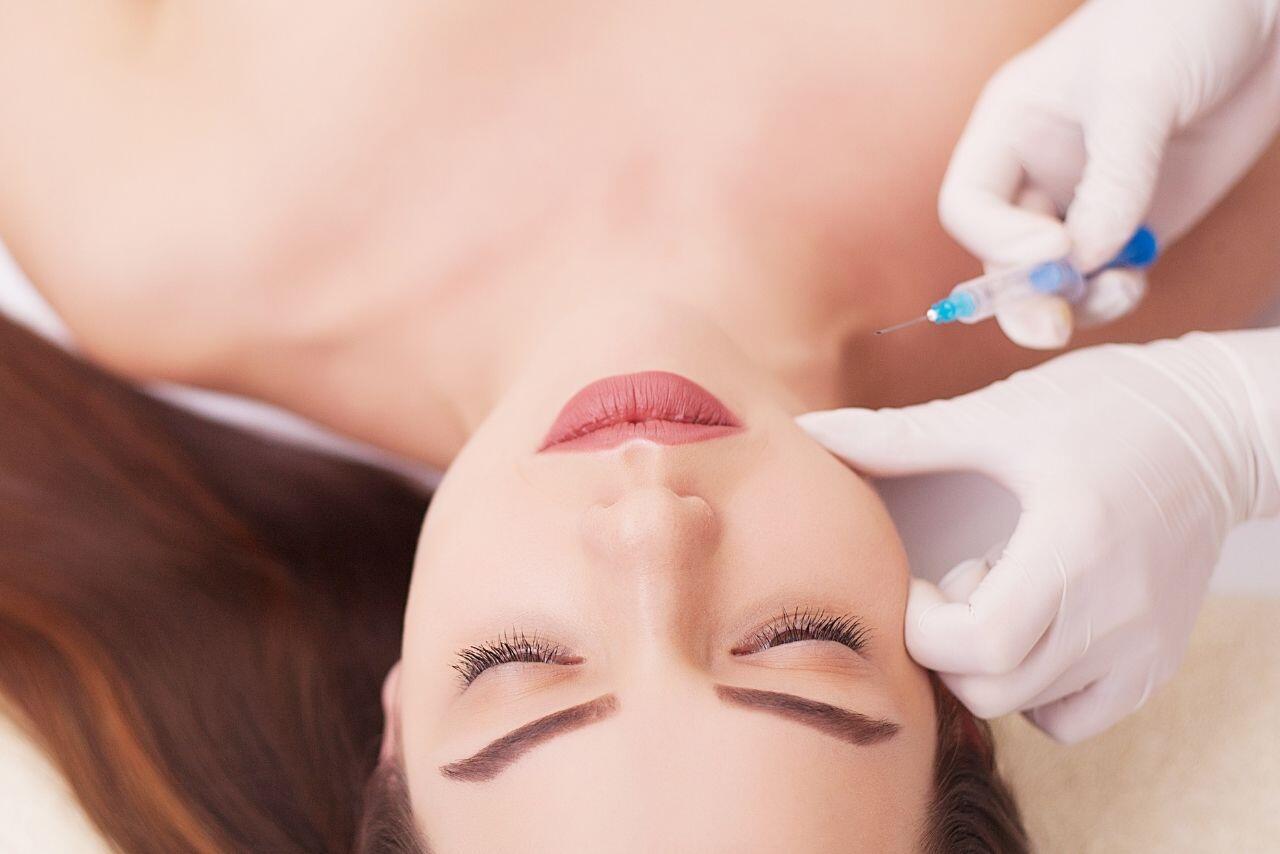
Restylane For Treating Marionette Lines
For many years, the leading treatment of marionette lines were invasive surgical procedures to tighten and lift the skin. However, the same effects can now be achieved in a non-surgical manner with injectable dermal fillers, such as Restylane. Restylane replenishes volume to the face, producing a lifting effect and smoothing out skin depressions. (Explore the full range of our genuine Dermal Filler supplies.)
These simple, in-office procedures (often referred to as liquid facelifts) are a quick and convenient way for patients to correct their marionette lines. Another advantage to this procedure is that the results are relatively durable but are also reversible, if the patient is unsatisfied with the results. What’s more, this treatment is highly personalized and can be tailored on a case-by-case basis, allowing each patient to attain the look they desire.
Why treating marionette lines with Restylane is so popular?
Marionette lines (also known as melomental folds) form in the lower part of the face, starting from the oral commissures and extending downwards in a curvilinear line. Like the mouth lines on a classic marionette doll, these wrinkles tend to occur alongside a downturn of the lateral lip corners, causing the mouth to appear to be turned downwards. This leads to an undesirable aged or even sad look. The root cause of marionette lines has not been confirmed, but likely stems from repetitive facial expressions and develops as a consequence of age-related factors, such as skin laxity and loss of volume in skin tissues. Additionally, their formation can be accelerated by external factors, such as exposure to UV light and smoking. Marionette lines are one of the greatest areas of cosmetic concern in the aging population.
Marionette Line Treatment with Restylane Process
Treatment with Restylane begins with a consultation, where the patient puts forward their concerns and the practitioner assesses and evaluates to see if Restylane is the right treatment option for them. The practitioner will often make use of a rating scale to objectively measure the severity of the marionette lines, so as to properly monitor and measure treatment outcomes.
Moreover, a treatment plan is outlined, and any planned injection sites are marked with a marking pen. The face is then cleansed and disinfected with an antiseptic, and pain relief measures, such as lidocaine injections, are given if necessary. Then, Restylane is injected into the wrinkle, with the needle inserted into the skin at a 30° angle along the wrinkle, employing the appropriate technique for injection (serial puncture, linear threading, or a combination of the two). If treating superficial lines in the corners of the mouth, a good approach is to thread the filler into the superficial to mid dermis layer of the crease, and then inject small amounts of filler into the larger oral commissure area. If the patient also presents sunken corners or the mouth (resulting in a downturned look), dermal fillers can be used to lift the oral commissures via the cross-hatching or fanning techniques. While injecting, the practitioner can better view the treatment area by elevating the affected area with the non-injecting hand.
In conclusion, injectable dermal fillers such as Restylane are a popular approach and an excellent addition to the aesthetic doctor’s tool-kit for lower facial rejuvenation, and particularly, addressing marionette lines

About the Author: Doris Dickson is a specialist writer for Health Supplies Plus, focusing on the aesthetic medicine industry. She diligently researches cosmetic treatments and products to provide clear, concise information relevant to licensed medical professionals. Her work supports Health Supplies Plus’s commitment to being a reliable informational resource and trusted supplier for the aesthetic community.
Disclaimer: The content provided in this article is intended for informational purposes only and is directed towards licensed medical professionals. It is not intended to be a substitute for professional medical advice, diagnosis, or treatment, nor does it constitute an endorsement of any specific product or technique. Practitioners must rely on their own professional judgment, clinical experience, and knowledge of patient needs, and should always consult the full product prescribing information and relevant clinical guidelines before use. Health Supplies Plus does not provide medical advice.
